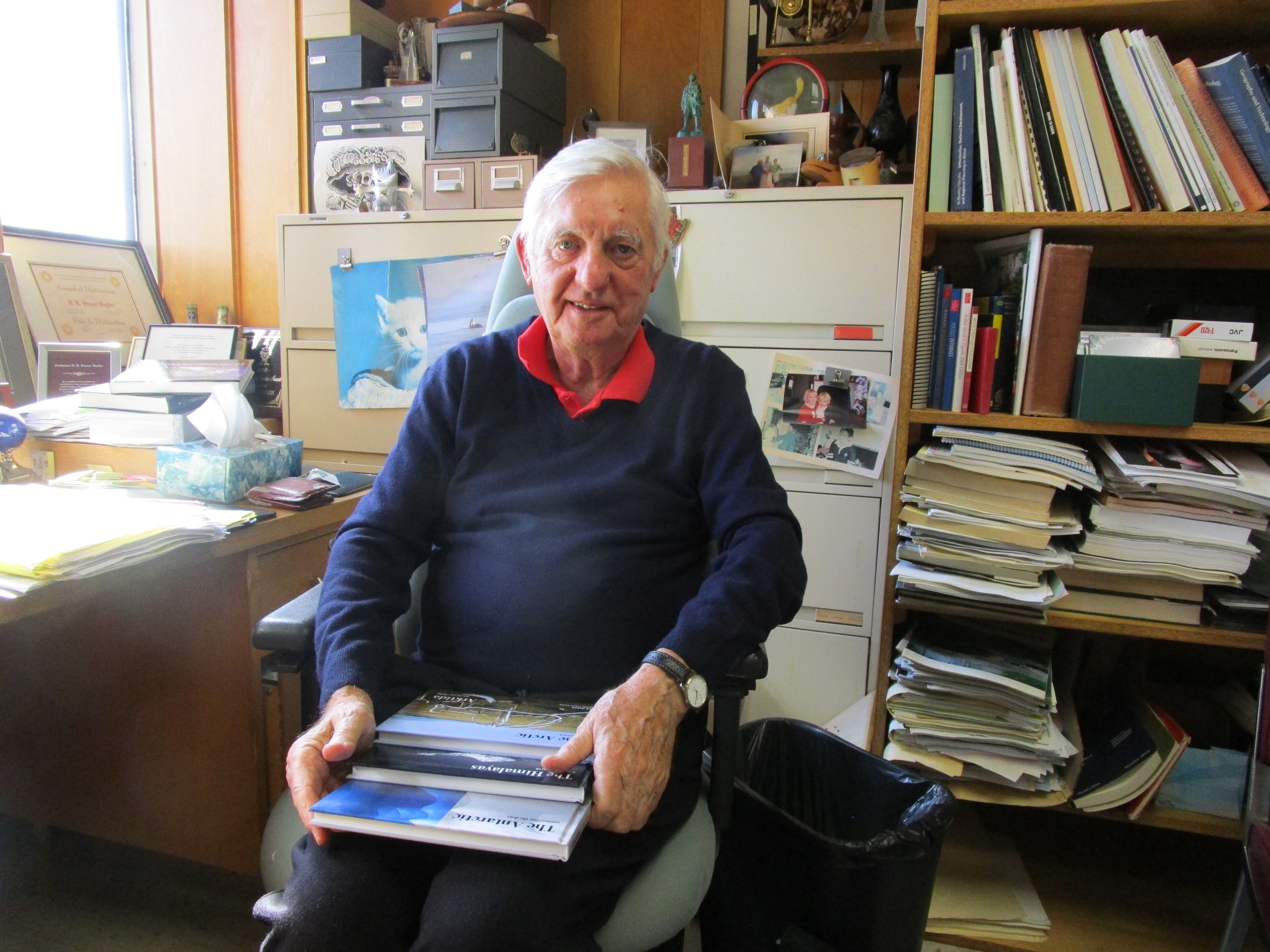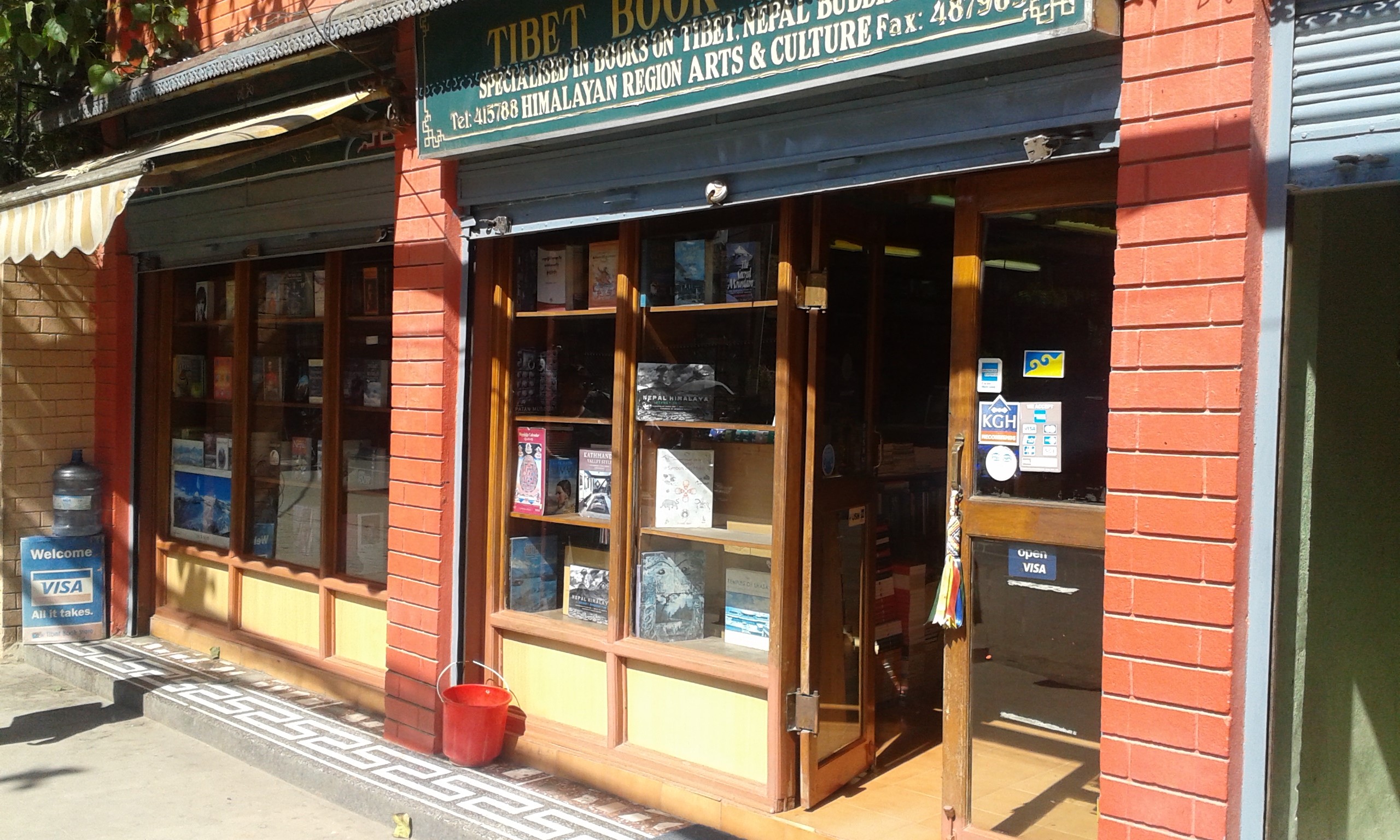Early in 2018, Dr. D. R. Fraser Taylor, Director of the Geomatics and Cartographic Research Centre, was invited by Oldrich Bubak, an academic from McMaster University, to write the foreword for a trilogy of books of photographs on three special places, the Poles of the Planet – the Arctic, the Antarctic, and the Himalayas. The extensive collection of photographs was taken by his father, Oldrich Bubak, an explorer, award winning photographer and guide of Czech ancestry. Dr. Taylor was approached to write the foreword in view of his reputation as a cartographer of global merit; he is the only Canadian to have been elected President of the International Cartographic Association. As Dr. Taylor notes, these photographs draw our attention to compelling questions of geography and environment in these times of dramatic and irreversible climate change.
The individual books are entitled The Antarctic connecting the dots, The Arctic giving back, and The Himalayas feeling the myth. The photographs and introductory text present these poles in the context of both their high latitude or altitude, and their historical stature as final frontiers and places of global convergence. The notion of new poles is also introduced, these being “the goals, resolutions, and missions to solve our collective problems, dominated by environmental and social challenges.”
Dr. Taylor’s commentary draws attention to critical aspects of the visual narrative, which seeks to engage the reader in serious contemplation and potential socio-political action on issues impacting the important regions:
Antarctica is a “continent of science” yet very few people are aware of the connections taking place there and their personal futures; while it is protected from exploitation by the Antarctic Treaty System, it is coming under increasing pressure from tourism and illegal fishing and even science can be environmentally controversial.
The Arctic environment is experiencing great pressures; for the Indigenous Peoples of the Arctic, the concept of environment is a holistic one and the physical environment is never separated from the socio-cultural and the spiritual. For example, for many outside the Arctic, sea ice is seen as a barrier to transportation and economic exploitation; for the Inuit and other Northern Peoples, sea and ice are an integral and central part of their living space.
In the Himalayas, the people face many pressures, beyond environmental: the boundary disputes between great powers such as India and China lead to political tension, uncertainty and conflict; globalization and tourism bring uneven economic benefits and high social costs.
He concludes by noting that the trilogy will motivate debates on critical environmental, sociocultural and political issues of great contemporary importance.
At this time of the release of the Trilogy, Oldrich Bubak Senior is completing a trek into the Himalayas with a book signing event at the Tibet Bookstore in the famed Kathmandu city of Nepal. This Trilogy is produced in full colour, in both English and Czech, and plans are underway to create an English and French version in the near future.


